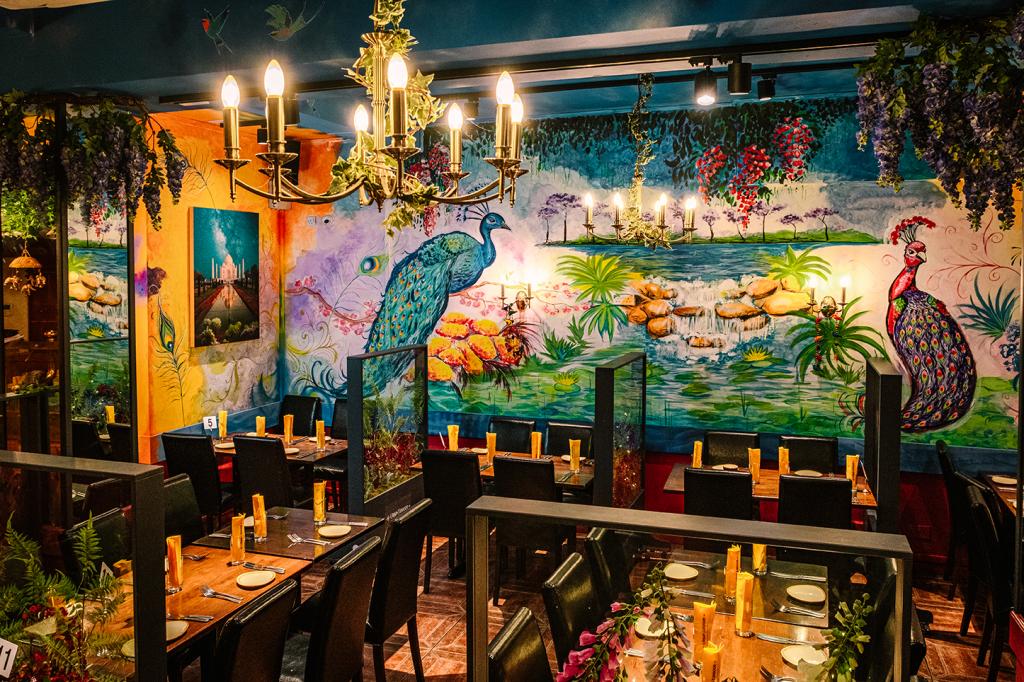Food is more than just a reflection of a region’s ingredients; it is a deep-rooted expression of its values, history, and social norms. The relationship between culture and cuisine is intertwined, with each influencing the other across generations. This bond shapes identity, forms social connections, and showcases the evolution of communities. Looking at how cultures are shaped by cuisine allows us to understand the ways in which food goes beyond sustenance, becoming an integral part of cultural expression and identity.
Cuisine as Cultural Identity
Cuisine often serves as a marker of cultural identity. Dishes and cooking methods unique to certain regions become symbols of heritage. For instance, Mexican cuisine is known for its use of corn, beans, and chili peppers, ingredients that date back to the ancient Aztecs and Mayans. Traditional Mexican dishes such as tamales and mole are not merely recipes; they are representations of indigenous cultural history and ritual. For many, traditional recipes passed down through generations become a way to retain a sense of identity in a rapidly globalizing world. People often feel a profound connection to their cultural origins through the foods that are unique to their heritage, allowing them to maintain an aspect of their cultural identity wherever they go.
Social and Communal Significance of Food
In many cultures, meals are essential social rituals, bringing people together to celebrate, mourn, or simply connect. For example, in Italy, the tradition of sharing a family meal around the table is a deeply cherished custom, reinforcing the importance of family bonds. In Japan, the tea ceremony, known as chanoyu, is more than just a method of preparing tea—it is a spiritual and social practice that fosters mindfulness and respect. Similarly, festivals such as the Chinese Lunar New Year or American Thanksgiving are centered around traditional foods, uniting families and communities in shared customs. Through these gatherings, cuisine becomes a means of fostering social harmony and transmitting cultural values.
Cuisine as a Reflection of History
Many national dishes reflect a nation’s history, including its migrations, conquests, and trade routes. Indian cuisine, for instance, is a blend of indigenous spices, Persian influences, and British colonial adaptations. Chai tea, now a symbol of Indian culture, became widely consumed in the 20th century due to British efforts to promote tea plantations. Likewise, Middle Eastern cuisine is shaped by the spice trade, introducing ingredients like saffron and cinnamon. Each new influence adapted by local cuisine becomes part of a shared historical narrative, weaving the past into the present through flavors and techniques.
Globalization and the Evolution of Cuisine
The boundaries of cuisine are increasingly blurred. Globalization allows dishes and ingredients from different cultures to mingle and merge, creating new culinary experiences. While fusion cuisines demonstrate cultural adaptation, they also pose challenges for preserving traditional recipes. Yet, this blending of culinary traditions can introduce people to new flavors and encourage cross-cultural appreciation and understanding, broadening cultural horizons. Globalization has also made it easier to enjoy different cuisines, thanks to the popularity of restaurants. Urban Tandoor restaurant in Bristol serves traditional Indian food that is loved by lots of people.
The Influence of Geography and Environment on Cuisine
The natural environment and available resources have a significant impact on the cuisine of a culture. In Mediterranean regions, an abundance of olives, grapes, and fresh vegetables has led to a cuisine that is centered around olive oil, wine, and seasonal produce. Likewise, in Japan, an island nation, seafood plays a central role in diet and cuisine, with sushi becoming a signature dish celebrated worldwide. Such connections to local agriculture and geography foster a cultural respect for sustainability and traditional farming practices, values that often transcend food to influence broader cultural priorities.


